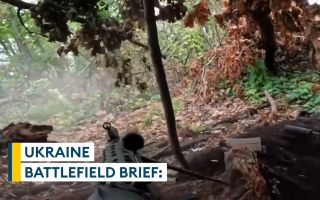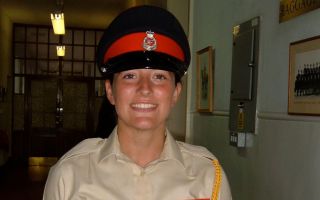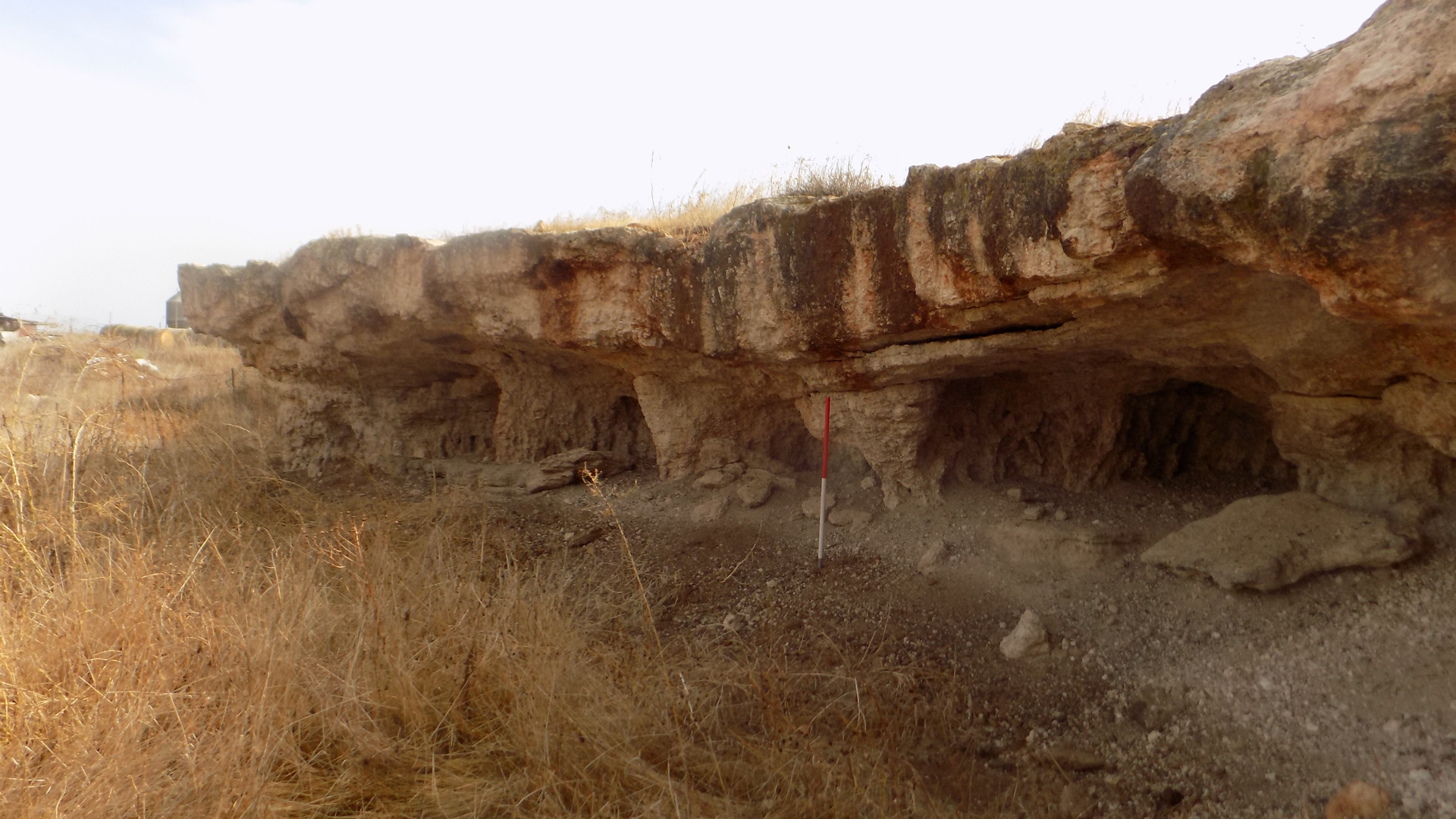
Scientists rediscover 'lost tombs' at the British military's base in Cyprus

Scientists from the University of Leicester have rediscovered 46 ancient sites in Cyprus at the British military's base on the Mediterranean island.
Archaeologists working for the Ministry of Defence's Defence Infrastructure Organisation (DIO) say they have uncovered evidence of quarries and tombs likely to span from the Bronze Age, Byzantine, Hellenistic and Roman periods.
The university's goal was to relocate around 60 possible archaeological sites that had been recorded in the early 1960s before the development of the garrison within the Dhekelia base and the laying out of the Kingsfield Airstrip at the western end of the area.
Using a 'walkover survey', a team of archaeologists from the university surveyed and recorded visible archaeological remains of the Eastern Sovereign Base Area (ESBA) at Dhekelia on the island's south coast.
In total, 51 sites including five historic buildings were located. Some records are said to have survived for 47 of the sites, but a further four were known only from labels on a 1:25,000 scale plan.
Dhekelia is about 30km south-east of Nicosia, and 80km north-east of the Western Sovereign Base Area (WSBA) at Akrotiri where the University of Leicester has been working since 2015.
Matt Beamish from University of Leicester Archaeological Services, who led the survey, said: "Many of the sites we were planning to survey had been last visited over 20 years ago, and in many instances had been reported as no longer existing or being unfindable.
"On reflection, this had more to do with inadequate mapping, lack of preparation and lack of satellite location technologies. We found that many of the sites could be re-found with a little bit of patience."
Mr Beamish went on to say that "there were undoubtedly problems with some of the archive information which was incomplete and had been inaccurately redrawn at some stage in the past", and that "some sites had clearly been lost to the subsequent development of roads and buildings".
He added: "We know that many more archaeological sites will exist which are not obvious to the naked eye. Much of the area has seen no systematic archaeological survey, and the application of remote sensing or aerial survey perhaps using LiDAR would enable a wider picture of previous human activity to be drawn.
"The information will enable the DIO to better manage the archaeological sites within the Sovereign Base Administration Area, and allow a wider understanding of Dhekelia's archaeological heritage."
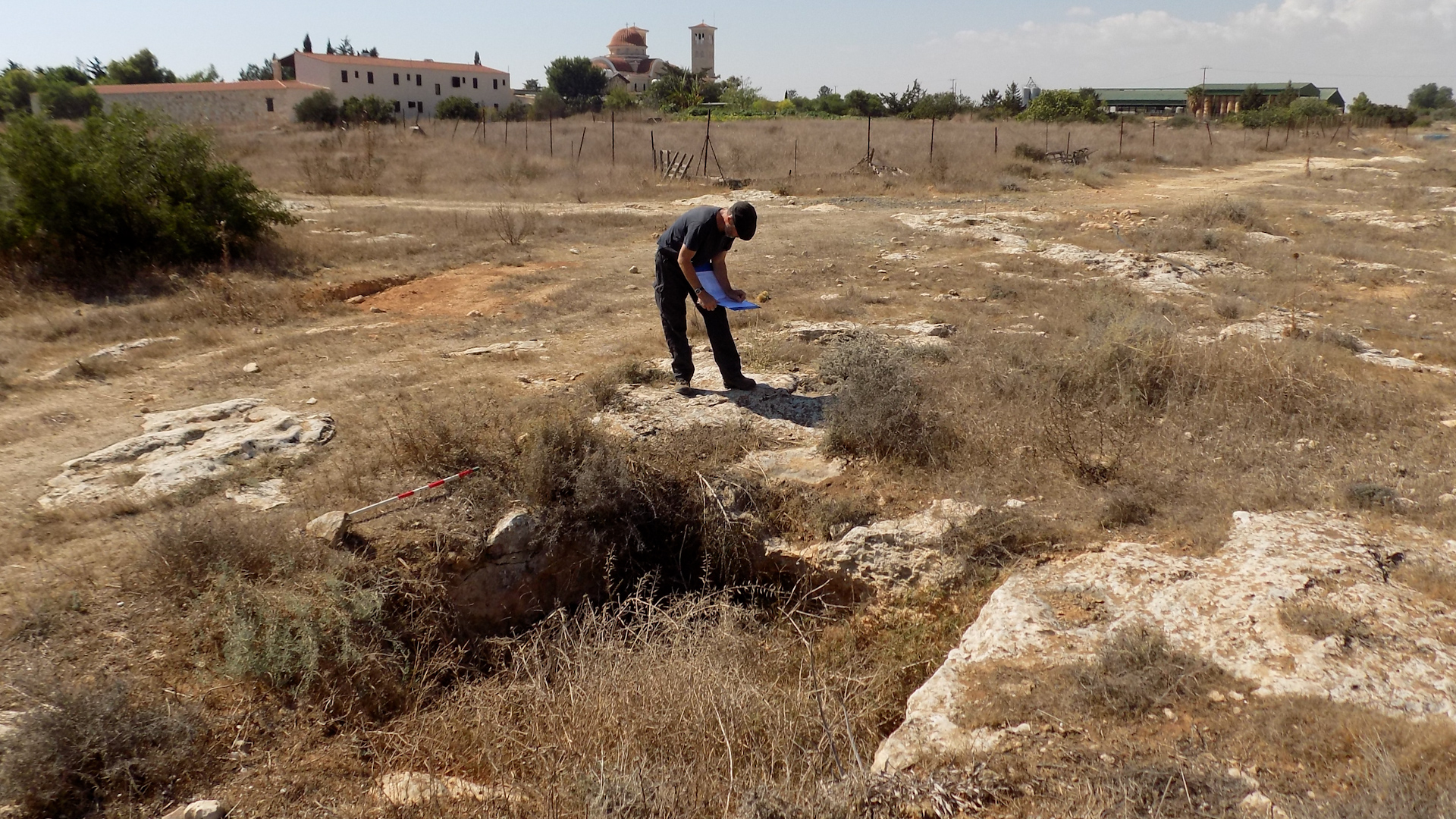
The exact ages of most sites are unknown, for now, but they probably range from the Bronze Age (around 2500 BC) to the Byzantine period (ending in the 12th Century AD).
This range likely encompasses sites from both the Hellenistic era (312-58 BC) and Roman times (58 BC-395 AD).
Alex Sotheran, DIO archaeology advisor, praised the survey and the results, saying: "The work carried out by Matt and the team has really improved our knowledge and understanding of the archaeology across the Dhekelia area and will allow for an improved system of management of these vital and important heritage assets going forward."
During the survey, three coastal quarries were found, where stones were being extracted from shallow strips extending into the sea.
One of the quarries featured a small ramp, thought to be used for loading large, quarried stone onto boats moored in water nearby.
Another quarry was marked by circular impressions, likely from grinding stone removals. These were closely spaced, creating unique clover leaf patterns on the bedrock.
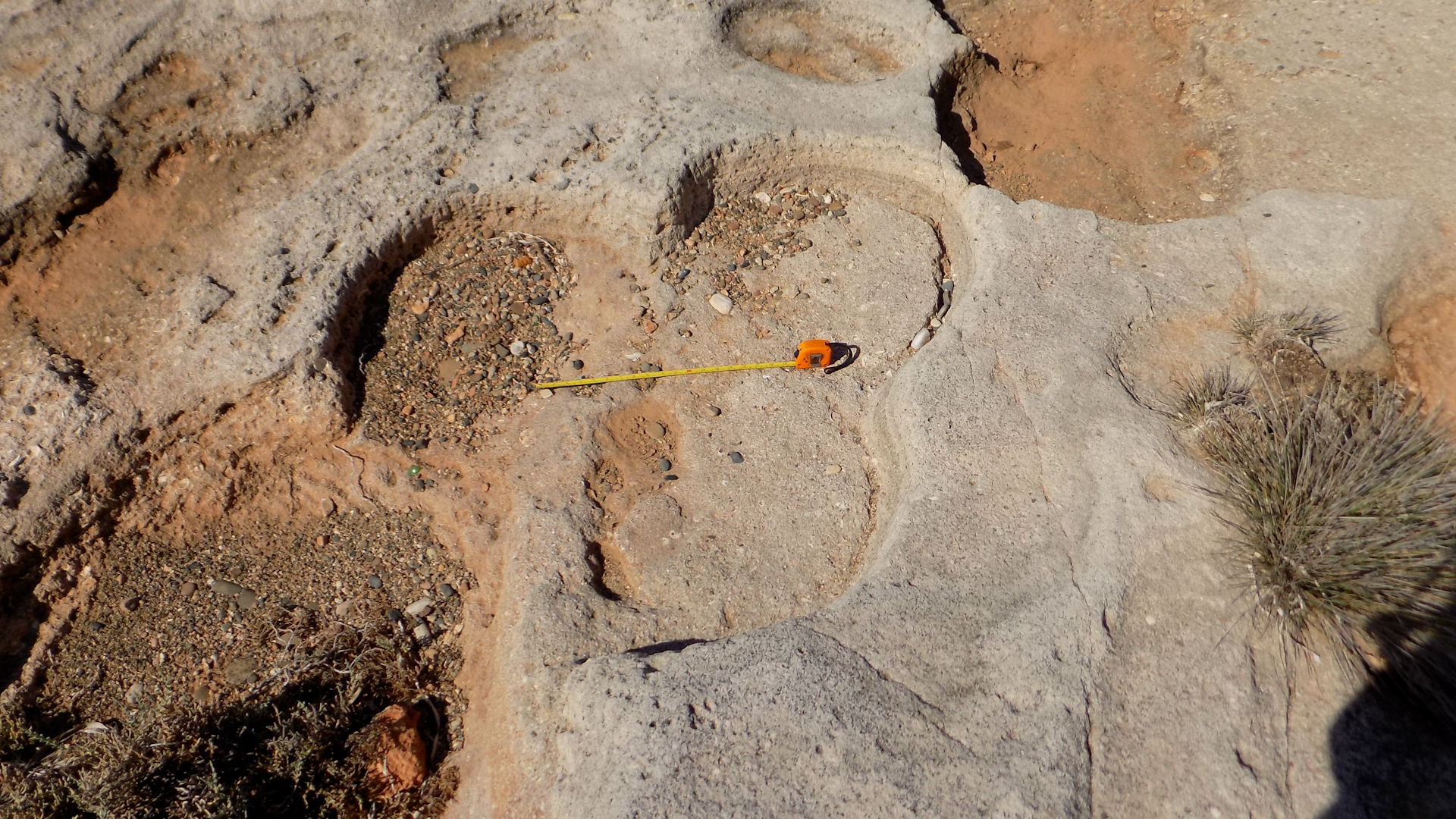
Data captured during the search has now been entered into DIO's Historic Buildings, Sites and Monuments Record, which the university says is vital for helping to protect the historic environment across the Ministry of Defence's UK and overseas estate.
The Army garrison, designed by the Royal Engineers, was built in 1953 at a cost of £10m.
Dhekelia Station sits in the eastern part of the British Sovereign Base Areas in Cyprus – made up of British military and local citizens.
Last year saw the 70th anniversary of Dhekelia Station, marked with the presentation of a silver centrepiece to the station commander.





